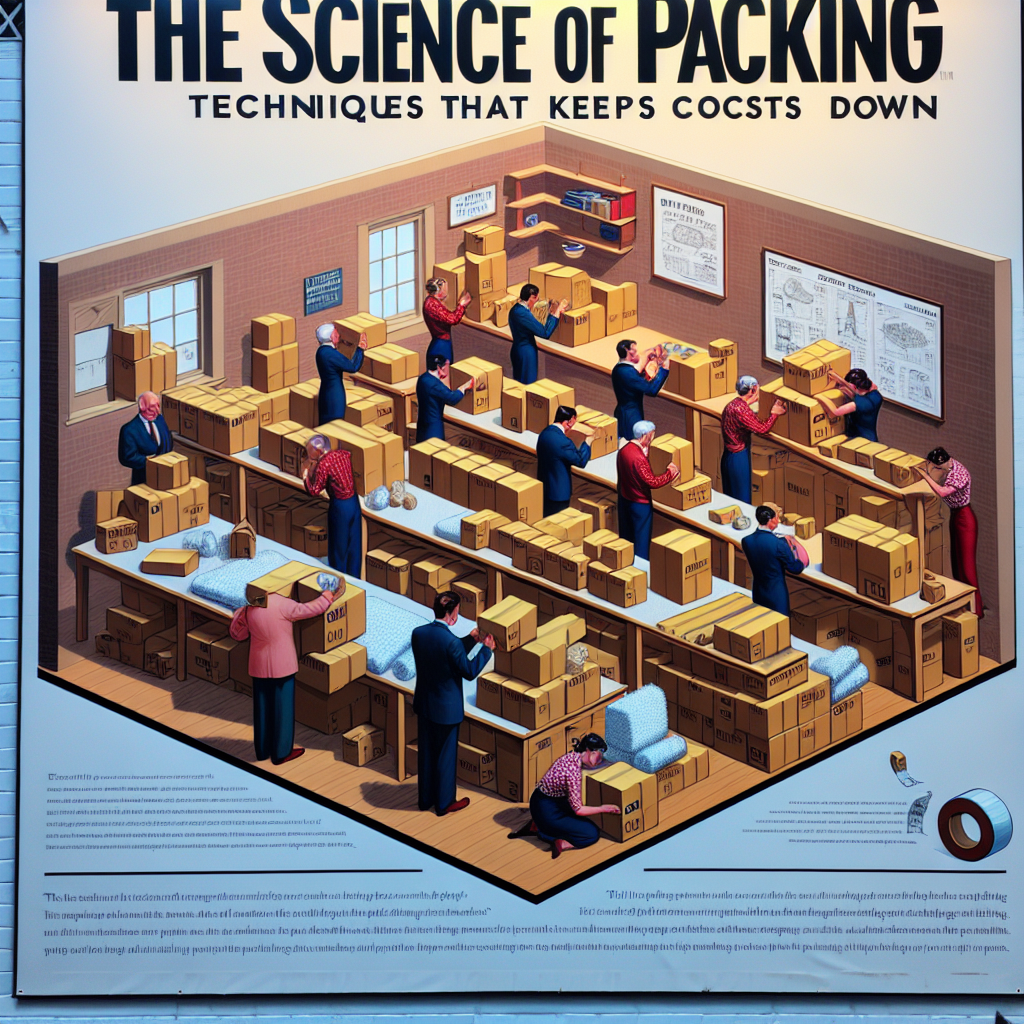Packing for a move or a vacation can often seem like a daunting task, but with the right techniques, it can be efficient, cost-effective, and even enjoyable. This article explores the science of packing, sharing clever strategies that not only help you save money but also ensure that your belongings arrive safely and organized. Let’s dive into the smart packing techniques that will transform your approach to packing.
Understanding the Importance of Smart Packing
Packing is more than merely putting items into boxes; it’s a strategic process that can significantly impact your budget and the overall organization of your possessions. Whether you’re moving across town or across the country, poor packing can lead to increased costs due to damage, loss, or inefficient use of space.
Declutter Before You Pack
Less is More: The Art of Decluttering
Before you even think about packing, take a moment to declutter. Go through your possessions and determine what you truly need. Items you no longer use or need can either be donated, sold, or recycled. Not only can decluttering reduce moving costs, but it can also simplify your packing process.
The 3-Box Method
A helpful technique for decluttering is the “3-Box Method”: label three boxes “Keep,” “Donate,” and “Trash.” This method allows you to make quick decisions on items as you go through your belongings, reducing the amount you need to pack and ultimately lowering costs.
Choose the Right Packing Materials
Invest in Quality Packing Supplies
Using durable packing supplies can prevent breakages and ensure that your items reach their destination safely. Here are a few materials to consider:
- Sturdy Boxes: Strong, uniform boxes are easier to stack and transport.
- Bubble Wrap and Packing Paper: Essential for fragile items—these materials offer ample protection.
- Tape and Labels: Quality packing tape is a must, and labeling boxes will help you keep track of where everything goes during unpacking.
Cost-Effective Alternatives
If you’re looking to cut costs, consider alternatives to traditional packing materials. Towels, bedding, and even clothing can effectively cushion fragile items. Reusing grocery bags or purchasing boxes from local stores can also save you money on packing supplies.
Maximize Space and Efficiency
Strategic Packing Techniques
When it comes to packing, it’s not just about what you pack but how you pack it. Here are some techniques to optimize space:
- Vertical Packing: Stand items like dishes and glasses upright, rather than stacking them.
- Use All Available Space: Fill boxes to the brim, making sure not to leave empty space. This not only protects items but also saves on shipping and moving costs.
Packing Room by Room
To avoid chaos, pack one room at a time. This method not only keeps you organized but also makes unpacking easier. Label each box with the room it belongs to and a brief description of its contents.
Consider Special Items
Packing Electronics and Breakables
Electronics can be particularly tricky to pack. Make sure to back up any important data before packing devices. Use their original boxes if available and bubble wrap to provide protection. For fragile items, layer padding between them to avoid breakage during transit.
Plants and Perishables
If you’re moving long-distance, it’s wise to consider the fate of your plants and perishables. Opt for moving your plants in your personal vehicle if possible and plan meals around perishables to minimize waste before your move.
DIY Packing Hacks for Cost Savings
Inflate Your Way to Savings
Use inflated balloons or vacuum-sealed bags to protect pillows and clothing while also providing cushioning for breakables. This hack maximizes space and adds a protective layer.
Roll, Don’t Fold
When packing clothing, roll items instead of folding them. This technique not only saves space but also minimizes wrinkles.
Conclusion: Make Packing a Positive Experience
With a bit of planning and the right techniques, packing can be a manageable and even enjoyable part of your moving experience. The methods outlined above not only help you pack efficiently but also keep your costs down. By decluttering, using quality yet cost-effective materials, maximizing space, and addressing special needs, you can ensure a smoother transition to your new destination.
As you gear up for your next packing journey, remember that a little preparation goes a long way. Take it one step at a time, and you might find that packing isn’t just a chore, but a chance to rediscover your belongings and create a fresh start in your new space. Happy packing!


